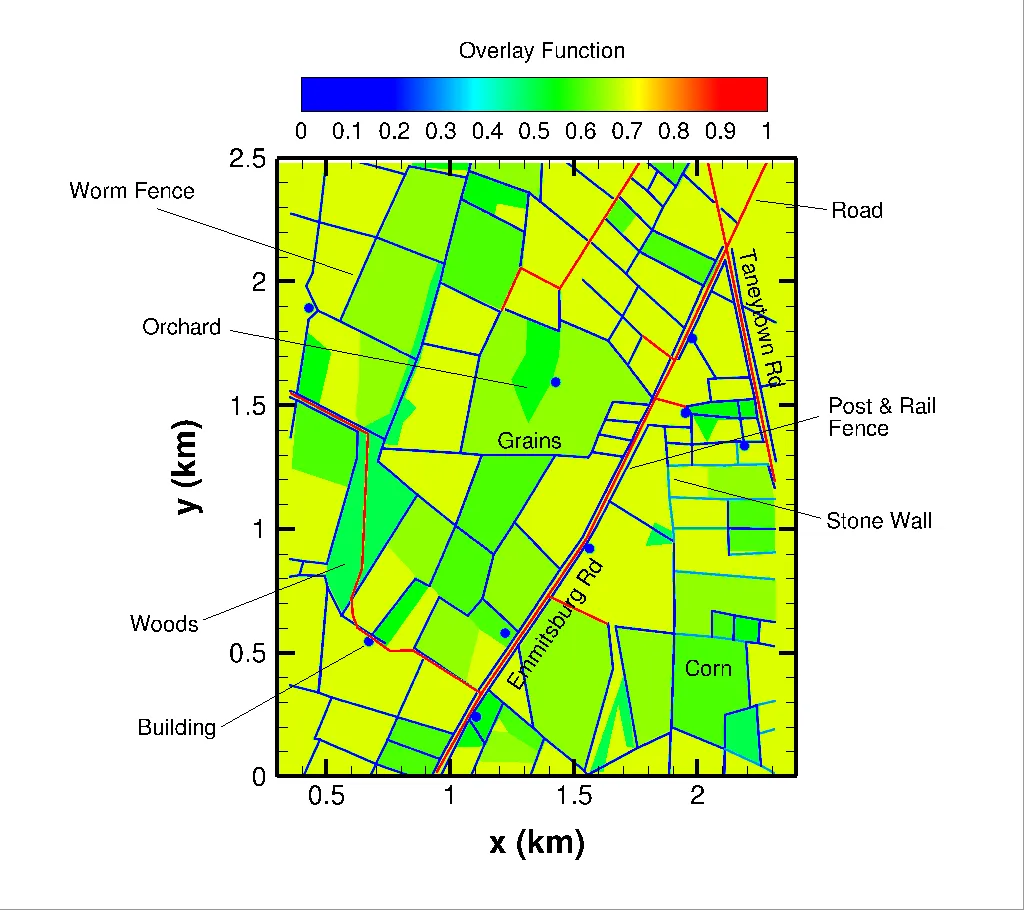Researchers from the University of Illinois Urbana-Champaign have developed a novel approach to simulating historical battles, offering fresh insights into military tactics and outcomes. Jonathan Poggie, Sorin A. Matei, and Robert Kirchubel have created a continuous flow model of infantry behavior that tracks subunit identity and conserves individual soldiers, allowing for realistic simulations of historical conflicts. Their initial application of this model to Pickett’s Charge during the 1863 Battle of Gettysburg demonstrates the model’s potential to enhance our understanding of historical military engagements.
The researchers chose Pickett’s Charge as a test case due to its well-documented nature and the availability of historical maps and troop numbers. This battle, a pivotal moment in the U.S. Civil War, is particularly suitable for analysis as it employed many modern military tactics despite being fought on foot and horseback. The continuous flow model proved superior to discrete agent models in capturing the interaction of forces with the terrain and each other, providing a more accurate representation of the battle’s dynamics.
The simulation revealed that the main source of asymmetry in casualties was the Confederate forces’ inability to use effective ranged fire while moving. This limitation exposed them to heavy fire from Union forces, significantly impacting the outcome. The researchers also conducted simulations with and without terrain effects, demonstrating that terrain slows the pace of battle and favors defenders. This finding underscores the importance of terrain in military strategy and planning.
To further validate their model, the researchers performed a statistical analysis of 1,000 randomized perturbations of the baseline brigade-level scenario. Consistent with historical events, only 6 percent of these scenarios resulted in a Confederate victory. This outcome highlights the model’s ability to replicate historical results and provides a robust tool for analyzing hypothetical scenarios and tactical decisions.
The continuous flow model offers a powerful new approach to studying historical battles, enabling researchers to explore the impact of terrain, tactics, and other factors on battle outcomes. By providing a more accurate and detailed simulation of military engagements, this model can enhance our understanding of historical conflicts and inform modern military strategy. The researchers’ work represents a significant advancement in the field of military simulation and analysis, with potential applications in both academic research and practical military planning. Read the original research arXiv here.

